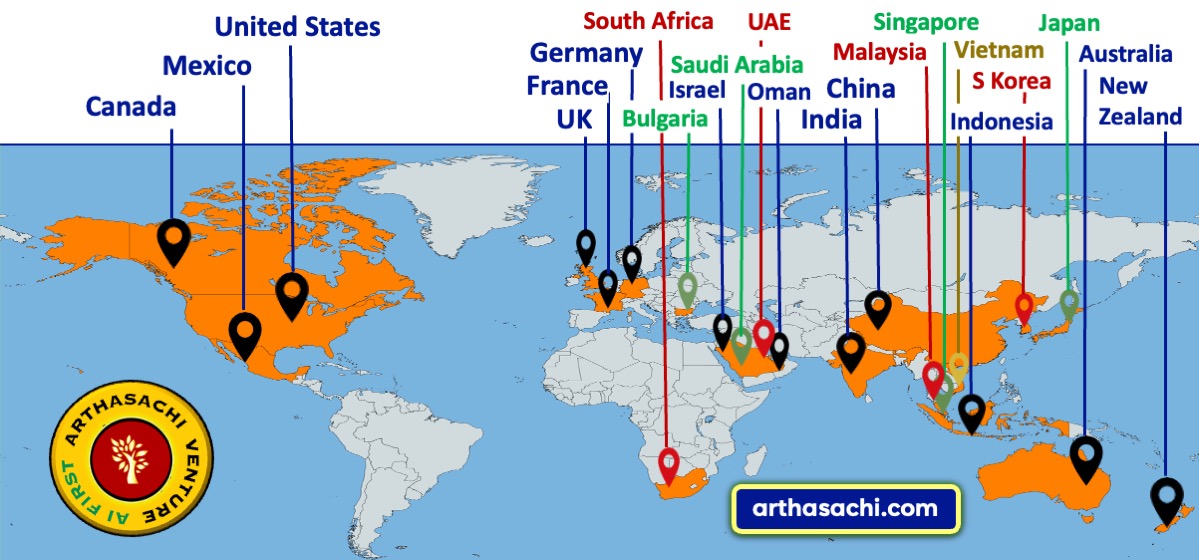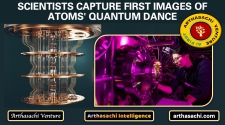
Cracking the Protein Code: The Nobel Prize in Chemistry 2024
This year’s Nobel Prize in Chemistry recognizes groundbreaking advances in protein science, awarding the prestigious honor to three researchers who have transformed our understanding of life’s most essential molecules.
David Baker from the University of Washington, alongside Demis Hassabis and John Jumper from Google DeepMind, are the laureates for 2024. Their achievements span from designing entirely new proteins to solving a long-standing puzzle of predicting protein structures—opening up vast new frontiers in medicine, biotechnology, and beyond.
Highlights
-
Baker, Hassabis, and Jumper Awarded Nobel Prize in Chemistry: David Baker, along with Demis Hassabis and John Jumper, has been honored with the 2024 Nobel Prize in Chemistry for their groundbreaking research in protein science.
-
Nobel Prize Recognizes Breakthroughs in Life's Fundamental Building Blocks: The prestigious award celebrates pioneering work on proteins, the essential molecules that drive all biological processes, marking a major leap in our understanding of life's chemical foundation.
-
US Scientist David Baker Developed Tools to Create Custom Proteins: David Baker, a professor at the University of Washington, developed computational tools that allow scientists to design entirely new proteins, paving the way for novel applications in medicine, biotechnology, and nanotechnology.
-
Google DeepMind’s Hassabis and Jumper Used AI to Predict Protein Structures: Demis Hassabis and John Jumper from Google DeepMind created AlphaFold2, an AI model capable of accurately predicting the three-dimensional structure of proteins, solving a decades-old scientific challenge and transforming biological research.
Proteins: The Key to Life’s Machinery
Proteins are central to the chemistry of life. They catalyze biochemical reactions, serve as the building blocks for cells and tissues, regulate hormones, and play crucial roles in immune responses. Made from long chains of amino acids that fold into intricate three-dimensional shapes, proteins perform highly specialized tasks essential to life. Understanding their structure is crucial to understanding their function—a challenge that has preoccupied scientists for decades.
David Baker: Designing Proteins from Scratch
David Baker’s contribution to the field is nothing short of revolutionary. A professor at the University of Washington and a Howard Hughes Medical Institute investigator, Baker has spent his career tackling the formidable task of designing new proteins, with functionalities that do not exist in nature. In 2003, he and his research team achieved an extraordinary milestone by designing a protein completely different from any previously known.
This breakthrough opened the door to creating tailor-made proteins for specific purposes. Baker's work has led to innovations in developing proteins that can be used in medicine, such as designing enzymes that act as drugs or vaccines. His lab has also designed proteins capable of assembling into nanomaterials and even created tiny biological sensors that could detect pathogens or other molecular signals in the environment.
At the heart of Baker’s research is Rosetta, a sophisticated computational platform that simulates protein folding and designs novel proteins. The versatility of this system has allowed Baker and his team to experiment with an endless variety of molecular architectures, turning proteins into versatile tools for applications in everything from medicine to material science.
Demis Hassabis and John Jumper: The AlphaFold Revolution
While Baker focused on designing new proteins, Demis Hassabis and John Jumper at Google DeepMind tackled a mystery that had eluded researchers for half a century: how to predict the three-dimensional structures of proteins from their amino acid sequences. Known as the “protein folding problem,” this challenge has vexed the scientific community since the 1970s, as it was clear that the function of proteins is intimately tied to their structure.
In 2020, Hassabis and Jumper unveiled AlphaFold2, an AI-powered model that could predict protein structures with astonishing accuracy. AlphaFold2 has since mapped the structures of nearly all 200 million known proteins—a breakthrough that scientists across the globe have hailed as transformative.
The implications of this work are immense. By predicting how proteins fold, researchers can now study proteins at an unprecedented scale. For example, AlphaFold2 has already been instrumental in understanding antibiotic resistance and mapping the structures of enzymes that could be engineered to degrade plastic waste, offering potential solutions to global challenges in health and sustainability.
The significance of AlphaFold2 is not only in its predictive power but also in how it democratizes access to protein structures. More than two million researchers from around the world have utilized this tool, making it a cornerstone for innovations in drug design, molecular biology, and synthetic biology. Hassabis and Jumper's contribution has truly reshaped the landscape of protein science, unlocking countless new possibilities for research and application.
The Bigger Picture: Proteins as the Future of Innovation
The breakthroughs achieved by this year’s laureates have expanded the boundaries of what is possible in the world of proteins. By designing new proteins, Baker has shown that we are no longer confined to nature’s existing templates; we can engineer proteins with entirely new capabilities. Meanwhile, Hassabis and Jumper have given scientists the ability to predict the structure of any protein, creating a new era of discovery for understanding diseases, creating new therapies, and solving critical problems in biotechnology.
Together, these advances make a compelling case for the enormous potential of proteins. They are not just life’s fundamental building blocks—they are now versatile tools for innovation. From new drugs and vaccines to sustainable materials and environmental solutions, the ability to design and predict proteins opens a future filled with possibility.
A Shared Prize, a Shared Vision
The 2024 Nobel Prize in Chemistry highlights how two complementary approaches—one rooted in designing proteins from scratch, the other in predicting their structure—are driving unprecedented advances. Whether designing new molecules to fight disease or using AI to crack nature’s codes, these discoveries are set to reshape both science and society.
The laureates share a vision of leveraging technology and creativity to push the boundaries of biology, showing that in the microscopic world of proteins lies the key to solving some of humanity’s greatest challenges.
The prize, worth 11 million Swedish kronor, will be split between Baker and the DeepMind duo, celebrating their outstanding contributions to this rapidly evolving field.
In the words of Heiner Linke, Chair of the Nobel Committee for Chemistry, “Both of these discoveries open up vast possibilities.” Indeed, the work of David Baker, Demis Hassabis, and John Jumper promises to inspire scientific progress for decades to come.
Top News
Other News
MARKETS
WEALTH
ECONOMICS
START UP
TECHNOLOGY
BUSINESS
Alliances and Partners

Arthasachi Venture Footprints


















